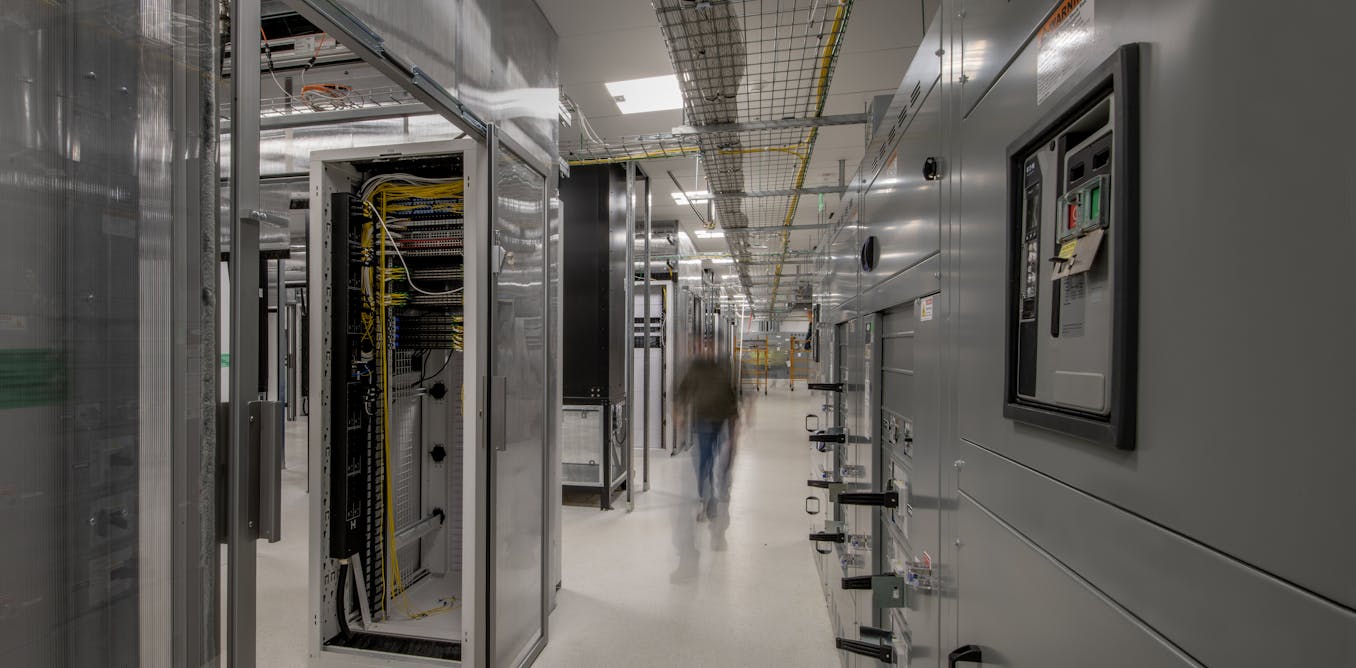By mimicking the way the brain operates, neuromorphic processors can expend dramatically less energy than conventional technology for certain applications. Now, the Dutch firm Innatera has launched what it calls the world’s first commercially available neuromorphic microcontroller, in the hope of spurring mass-market adoption of this emerging technology.
Innatera says its new chip, Pulsar, can lower latency to as little as one-one-hundredth that of conventional processors and consume only one-five-hundredth the power they use for artificial intelligence applications. “Most AI accelerators today have to deal with a tradeoff between performance and power,” says Sumeet Kumar, cofounder and CEO of Innatera. “They either run simplified AI models to consume less power, or ramp up their accuracy and the amount of power they need. With Pulsar, you don’t have to give up anything.”
Neuromorphic devices often imitate the workings of the brain in a variety of ways. For instance, whereas conventional microchips use clock signals fired at regular intervals to coordinate the actions of circuits, neuromorphic architecture often “spikes”—that is, generates an output signal—only after it receives a certain amount of input signals over a given time.
A key application often envisioned for neuromorphic technology is to implement similarly brain-inspired neural networks, the main AI systems in use today. In addition, spiking neuromorphic devices fire spikes only rarely, so they shuffle around much less data than the electronics that typically run neural networks. As such, neuromorphic hardware in principle requires much less power and communication bandwidth for artificial intelligence applications.
So far, neuromorphic devices have not found widespread use. Now Innatera hopes that Pulsar, launched on 21 May, can overcome barriers that neuromorphic computing has long faced to commercialization.
The Pulsar chip possesses a hybrid analog-digital architecture. In addition to 12 digital cores for spiking neural networks, it also has four analog ones, with silicon circuits making up the spiking neurons and interconnecting synapses of each core.
“The analog spiking fabric offers extremely high energy efficiency, while the digital spiking fabric offers more programmability and configurability while still offering very good energy efficiency,” Kumar says. Developers can pick which set of cores they want to load their models onto depending on their needs, he explains.
Each Pulsar chip also has an accelerator for convolutional neural networks (which are often used for image recognition and natural-language processing) that supports 32 multiply-accumulate (MAC) operations. In addition, each chip possesses a fast Fourier transform accelerator for efficient low-power signal processing. Each Pulsar also incorporates a 32-bit RISC-V CPU that can run at up to 160 megahertz for systems management, as well as a range of standard sensor interfaces and other…
Read full article: A Neuromorphic Chip for Smarter AI Sensors

The post “A Neuromorphic Chip for Smarter AI Sensors” by Charles Q. Choi was published on 06/05/2025 by spectrum.ieee.org







































Leave a Reply